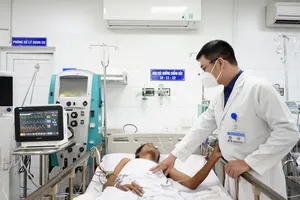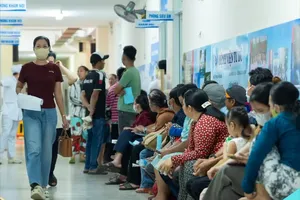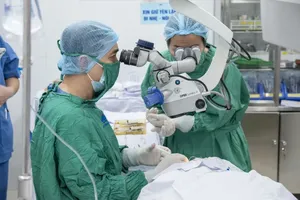 |
Hospitals pledge for sufficient supply of blood for treatment in Mekong Delta |
Regarding anemia for treating patients in the Mekong Delta, Director of the National Institute of Hematology and Blood Transfusion Nguyen Ha Thanh yesterday said that in June and the following months, the National Institute of Hematology and Blood Transfusion - Central Blood Transfusion together with Ho Chi Minh City Blood Transfusion - Hematology Hospital, Cho Ray Hospital, Hue Central Hospital committed to a continued supply of certain blood products to the Hospital of Hematology and Blood Transfusion in Can Tho City.
The National Blood Center, the National Institute of Hematology and Blood Transfusion also collaborated with the Hospital of Hematology and Blood Transfusion of Can Tho City, and the Steering Committees for voluntary blood donation in the provinces and cities in the Mekong Delta region to develop a plan for receiving blood as well as transferring chemicals and blood bags from Hanoi to Can Tho City to maintain blood donation in the region. The institute and hospitals are also prepared for the Red Journey 2023 program, the country's largest-scale blood donation campaign, in the region.
To realize the goal of nationwide blood coordination of the Red Journey, the National Institute of Hematology and Blood Transfusion has also suggested that regional blood transfusion centers continue the supply of blood and blood products for the Hospital of Hematology - Blood Transfusion of Can Tho City and medical facilities in the Mekong Delta, especially supporting the supply of some products such as platelets, plasma and rare blood products.
According to a representative of the Can Tho City Hospital of Hematology and Blood Transfusion, which is the third largest blood transfusion center in the country, the Can Tho City Hospital of Hematology and Blood Transfusion highly appreciated the precious support of hospitals across the country over the past time. However, the hospital needs 12,000-15,000 units of blood monthly, the blood supply of hospitals only meets more than 60 percent of the emergency and treatment needs.
























